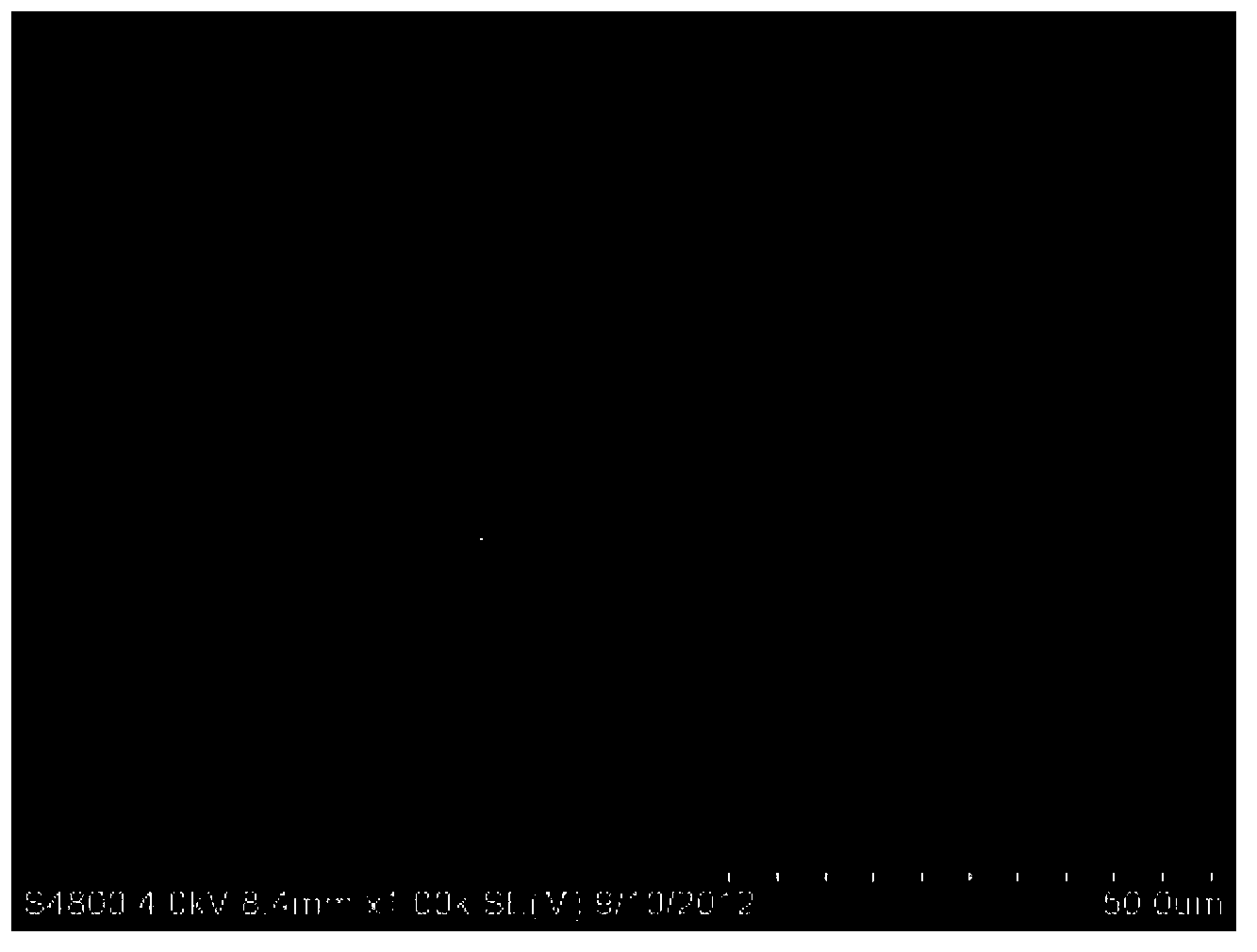Interface modified carbon fiber/polypropylene composite material and preparation method thereof
A composite material and carbon fiber technology, which is applied in fiber processing, textiles and papermaking, etc., can solve the problems that are not suitable for improving the interface bonding between non-polar polypropylene and carbon fiber, difficult chemical bonding, and affecting the stress of composite fiber and matrix Issues such as transfer and dispersal
- Summary
- Abstract
- Description
- Claims
- Application Information
AI Technical Summary
Problems solved by technology
Method used
Image
Examples
preparation example Construction
[0115] Fabrication of interfacially reinforced composites
[0116] The above-mentioned method is used to prepare interface-reinforced and modified carbon fibers, and then the carbon fibers are fixed on the substrate and shaped through a composite material forming process to obtain the composite material.
[0117] The forming process of the interface reinforced composite material of the present invention is not limited, and the available forming processes include (but not limited to): resin film infiltration forming process, autoclave forming process and compression molding process. Preferably, the forming process of the present invention is a compression molding process.
[0118] In a preferred example of the present invention, the steps of the composite material forming process are as follows:
[0119] A method for preparing a composite material modified by interface reinforcement, comprising:
[0120] preparing surface-modified carbon fibers by the method of the invention,...
Embodiment 1
[0132] Step (1) Oxidation treatment of carbon fiber precursor (unsizing): put 10 parts by weight of carbon fiber into 100 parts by weight of 60% nitric acid, then reflux at a temperature of 60°C for 2 hours, then filter and wash with deionized water until The washing solution is neutral, and the surface oxidized carbon fibers are obtained by drying at a temperature of 80°C;
[0133] Step (2) prepares the carbon fiber that the surface is connected with hexachlorocyclotriphosphazene: acid-binding agent and carbon oxide fiber are put into anhydrous tetrahydrofuran according to the weight ratio of 40:100, then the hexachlorocyclotriphosphazene of 15 parts by weight is dissolved Slowly add the above reaction solution into the solvent, react at 30°C for 12 hours, take out the carbon fiber and wash it with solvent for several times, and dry it in a vacuum oven at 60°C for later use.
[0134] Step (3) Grafting polyphosphazene on the surface of carbon fibers: putting 100 parts by weigh...
Embodiment 2
[0139] Step (1) Oxidation treatment of carbon fiber precursor (unsizing): put 10 parts by weight of carbon fiber into 100 parts by weight of 60% nitric acid, then reflux at a temperature of 60°C for 2 hours, then filter and wash with deionized water until The washing solution is neutral, and the surface oxidized carbon fibers are obtained by drying at a temperature of 80°C;
[0140] Step (2) prepares the carbon fiber that the surface is connected with hexachlorocyclotriphosphazene: acid-binding agent and carbon oxide fiber are put into anhydrous tetrahydrofuran according to the weight ratio of 40:100, then the hexachlorocyclotriphosphazene of 15 parts by weight is dissolved Slowly add the above reaction solution into the solvent, react at 30°C for 12 hours, take out the carbon fiber and wash it with solvent for several times, and dry it in a vacuum oven at 60°C for later use.
[0141] Step (3) Grafting polyphosphazene on the surface of carbon fiber: put 100 parts by weight of ...
PUM
| Property | Measurement | Unit |
|---|---|---|
| Interfacial shear strength | aaaaa | aaaaa |
| Interfacial shear strength | aaaaa | aaaaa |
Abstract
Description
Claims
Application Information
 Login to View More
Login to View More - R&D
- Intellectual Property
- Life Sciences
- Materials
- Tech Scout
- Unparalleled Data Quality
- Higher Quality Content
- 60% Fewer Hallucinations
Browse by: Latest US Patents, China's latest patents, Technical Efficacy Thesaurus, Application Domain, Technology Topic, Popular Technical Reports.
© 2025 PatSnap. All rights reserved.Legal|Privacy policy|Modern Slavery Act Transparency Statement|Sitemap|About US| Contact US: help@patsnap.com

